I have learned that the UI won’t move if the parallax is 0 so it follows the player. He also showed how to use sprite text and regular text. Basically, when we have the character pick up something, the object has to be destroyed and add it to the players score or inventory.
Construct 3 John’s Ghost Shooter
This is my game https://john-3rd-period.itch.io/johns-ghost-shooter
Summary
In this game, you will be shooting monsters and try to get as many points as you can. The monsters can take up to 5 bullets before it dies. This is my first game so the monsters won’t be too smart to follow you the whole time. Some goals is to add more monsters that have different speeds and health.
Questions
What do I need to improve on?
What can I do to make a game challenging without overwhelming the player?
Peer Feedback
Try to create another type of monster whether it is faster or stronger enemies.
Have the player also acquire different types of weapons.
Game Analysis: For Honor
Summary
- JOHN, PLEASE WRITE YOUR SUMMARY HERE. THANKS! – Mr. Le Duc Dec 20th, 2020
Game Play Analysis
| Formal Elements | |
| The Basics | |
| Name of the game | For Honor |
| The platform | PC, Ps, Xbox |
| Time played (should be at least 30 minutes) | 45 min |
| If you could work on this game (change it), what would you change and why? | The damage values because some heros don’t do much damage when they do their maximum combo. |
| Players | |
| How many players are supported? | 1-8 |
| Does it need to be an exact number? | no |
| How does this affect play? | Some of the bots are very basic or sometimes they are god like. |
| Some types of player frameworks:Single Player – like Solitare.Head-to-head – 1 vs. 1, Chess.PvE – Player vs. Environment, or multiple players vs. the game. Common in MMOs like World of Warcraft.One against Many – Single-player vs. multiple (obvy).Free-for-all – Every man for himself (1 vs. 1 vs. 1 vs. 1..). Most common for multiplayer games, from Monopoly to Modern Warfare.Individuals Against the System – Like Blackjack, where the Dealer is playing against multiple players, but those players have no effect on each other.Team Competition – Multiple vs. multiple, i.e. sports.Predator-prey – Players form a circle and everyone’s goal is to attack the player on their left and defend themselves from the player on their right.Five-pointed Star – Eliminate both players who are not on either side of you. | PVP |
| Objectives/Goals | NOTES |
| What are the players trying to do? | Trying to capture points and gain 1000 so enemys have no more respawns. |
| Some common objectives include:Capture/Destroy – Eliminate all your opponents pieces (Chess).Territorial Acquisition – Control as much territory as you can, not necessarily harming other players (RISK).Collection – Collect a certain number of objects throughout the game (Pokemon).Solve – Solve a puzzle or crime (Clue).Chase/race/escape – Anything where you are running towards or away from something (playground game Tag).Spatial Alignment – Anything involving the positioning of elements (Tetris or Tic-Tac-Toe or that game at Cracker Barrel).Build – Advance your characters or build your resources to a certain point (The Sims).Negation of another goal – The game ends if you perform an act that is forbidden by the rules (Jenga or Twister). | Capture and hold and then kill. |
| Rules/Mechanics | |
| There are three categories of (what the book Rules of Play calls) operational rules:Setup – the things you do at the beginning of a game.Progression of Play – what happens during the game.Resolution – How an outcome is determined based on the game state. | You begin to capture your home point and then try to get other points and get 1000 to take away respawn of the enemy team. if they all die when there is 1000 points or more, then you win. |
| Controls | NOTES |
| What controls are used? | Heavy and light attacks, feint, roll, emote, dodge, and guardbreak |
| Was there a clear introductory tutorial? | Yes |
| Were they easy to understand or did you find yourself spamming the controller? | It might be harderfor new players since this game works differently. |
| Resources & Resource Management | NOTES |
| What kinds of resources do players control? | They control capturing points and attacking. |
| How are they maintained during play? | They work with a team to capture points and they respawn if they die. |
| What is their role? | |
| A resource is everything under the control of a single player. Could be the money in Monopoly or health in WoW. Other examples are:Territory in RISK The number of questions remaining in 20 Questions Objects picked up during videogames (guns, health packs, etc.)Time (game time, real-time, or both)Known information (like suspects in Clue) | Their health is what they can control. |
| Game State | NOTES |
| How much information in the game state is visible to the player? | They are given damage values and visible gaurd |
| A snapshot of the game at a single point is the game state. The resources you have, the un-owned properties in Monopoly, your opponent’s Archery skill all count towards the game state. Some example information structures are:Total Information – Nothing is hidden, like Chess.Info per player – Your hand of cards is only visible to you.One player has privileged info – Like a Dungeon Master.The game hides info from all players – Like Clue, where no one knows the victory condition.Fog of War – In video games, where certain sections of the map are concealed if you do not have a unit in sight range of that area. You also cannot see other players’ screens, so each player is unaware of the other’s information. | Total information |
| Sequencing | NOTES |
| In what order do players take their actions? | They are always in action, fighting others. |
| How does play flow from one action to another? | It could be a 1v1 or it can turn to a 4v4 very quickly |
| Some structures include:Turn-based – Standard board game technique.Turn-based with simultaneous play – where everyone takes their turn at the same time (like writing something down or putting a card down in War).Real-time – Actions happen as fast as players can make them. Action-based video games.Turn-based and time limits – You have this long to take your turn. | Real time action. |
| Player Interaction | |
| Some examples:Direct Conflict – I attack you.Negotiation – If you support me here, I’ll help you there.Trading – I’ll give you this for that.Information Sharing – If you go there, I’m warning you, a trap will go off. | Direct Conflict |
| Theme & Narrative | NOTES |
| Does it have an actual story structure? | Yes |
| Is it based on a historical event (or similar)? | No |
| Does the theme or narrative help you know how to play? | Their are tutorials on the hero you are playing |
| Does it have emotional impacts? | yes |
| Also, look for en media res (does it start in the middle of the game)? | no |
| The Elements in Motion | NOTES |
| How do the different elements interact? | It is basically i hit you, health is take away. |
| What is the gameplay like? | It could be fast pace or it can be very slow if you are fighting someone who only waits for you to attack so they can parry. |
| Is it effective? | Yes |
| Are there any points where the design choices break down? | Some characters have moves that if they miss they can’t be punished from it which can be spammed. |
| Design Critique | NOTES |
| Why did the designer make these particular choices? | It is a unique way to start a fighting game with a three way guard system |
| Why this set of resources? | They chose this way because no one has ever done this kind of fighting. |
| What if they made different decisions? | They might have changed the punishments for things that you do wrong in a fight. |
| Does the design break down at any point? | Sometimes there are glitches in where characters fall through maps from a move. |
| Graphics & Sound | NOTES |
| Does the game art pair well with the mechanics? | No |
| Did you find any bugs or glitches? | Yes |
| What about sound? | Sound is good |
| Can you spot any technical shortcuts? | No |
| Various Stages of the Game | NOTES |
| To wrap up, some things to keep in mind (as if there aren’t enough already) as you play: | |
| What challenges do you face, and how do you overcome them? | I find myself not punishing people when they make a mistake. |
| Is the game fair? | No |
| Is it replayable? Are there multiple paths to victory or optional rules that can change the experience? | It is replayable |
| What is the intended audience? | teens and older |
| What is the core, the one thing you do over and over, and is it fun? | You fight over and over and it can be fun if the other person is skilled as you are. |
This analysis form was adapted from https://notlaura.com/a-template-for-analyzing-game-design/
Resources
- Playing Like a Designer – I: Examine Your Experiences by Extra Credits
- Playing Like a Designer – II: How to Analyze Game Design by Extra Credits
- Game Analysis Guidelines by MIT
- Level 3.2: Critical Analysis of Games at learn.canvas.net
Books
- A Theory of Fun for Game Design by Raph Koster
- Level Up!: The Guide to Great Video Game Design by Scott Rogers
- Rules of Play: Game Design Fundamentals by Katie Salen
Mr. Le Duc’s Game Analysis Resources
Game Analysis: Dragonball Fighterz
Summary
- I analyze how the game introduces itself to new players and the rewards they give.
Game Play Analysis
| Formal Elements | |
| The Basics | NOTES |
| Name of the game: | Dragonball Fighterz |
| The platform: | Pc, Xbox one and up, Ps 4 and up, and switch |
| Time played (should be at least 30 minutes): | 1 hour |
| If you could work on this game (change it), what would you change and why? | I would change some of the character’s reach and damage output. |
| Players | NOTES |
| How many players are supported? Does it need to be an exact number? How does this affect play? the connection might be bad depending on other’s Some types of player frameworks: Single Player – like Solitare. Head-to-head – 1 vs. 1, Chess. PvE – Player vs. Environment, or multiple players vs. the game. Common in MMOs like World of Warcraft. One against Many – Single player vs. multiple (obvy). Free-for-all – Every man for himself (1 vs. 1 vs. 1 vs. 1..). Most common for multiplayer games, from Monopoly to Modern Warfare. Individuals Against the System – Like Blackjack, where the Dealer is playing against multiple players, but those players have no effect on each other. Team Competition – Multiple vs. multiple, i.e. sports. Predator-prey – Players form a circle and everyone’s goal is to attack the player on their left and defend themselves from the player on their right. Five-pointed Star – Eliminate both players who are not on either side of you. | 1-6 1, 2, 3 and 6 is the amount you can play pvp |
| Objectives/Goals | NOTES |
| What are the players trying to do? Some common objectives include: Capture/Destroy – Eliminate all your opponents pieces (Chess). Territorial Acquisition – Control as much territory as you can, not necessarily harming other players (RISK). Collection – Collect a certain number of objects throughout the game (Pokemon). Solve – Solve a puzzle or crime (Clue). Chase/race/escape – Anything where you are running towards or away from something (playground game Tag). Spatial Alignment – Anything involving the positioning of elements (Tetris or Tic-Tac-Toe or that game at Cracker Barrel). Build – Advance your characters or build your resources to a certain point (The Sims). Negation of another goal – The game ends if you perform an act that is forbidden by the rules (Jenga or Twister). | deplete opponents health |
| Rules/Mechanics | NOTES |
| There are three categories of (what the book Rules of Play calls) operational rules: Setup – the things you do at the beginning of a game. Progression of Play – what happens during the game. Resolution – How an outcome is determined based on the game state. | |
| Controls | NOTES |
| What controls are used? All the basic buttons Was there a clear introductory tutorial? Were they easy to understand or did you find yourself spamming the controller? This section is mainly relevant to videogames. | yes Very easy to learn |
| Resources & Resource Management | NOTES |
| A resource is everything under the control of a single player. Could be the money in Monopoly or health in WoW. Other examples are: Territory in RISK The number of questions remaining in 20 Questions Objects picked up during videogames (guns, health packs, etc.) Time (game time, real time, or both) Known information (like suspects in Clue) What kinds of resources do players control? They control attacking and blocking How are they maintained during play? They must figure out how opponents play and attack accordingly. What is their role? Opponent is also attacking and blocking. | |
| Game State | NOTES |
| The snapshot of the game at a single point is the game state. The resources you have, the un-owned properties in Monopoly, your opponent’s Archery skill all count towards the game state. More relevant to videogames, but good to think about in general. | |
| Information | NOTES |
| How much informaton in the game state is visible to the player? Total information. Some example information structures are: Total Information – Nothing is hidden, like Chess. Info per player – Your hand of cards is only visible to you. One player has priviledged info – Like a Dungeon Master. Game hides info from all players – Like Clue, where no one knows the victory condition. Fog of War – In video games, where certain sections of the map are concealed if you do not have a unit in sight range of that area. You also cannot see other players screens, so each player is unaware of the other’s information. | |
| Sequencing | NOTES |
| In what order do players take their actions? How does play flow from one action to another? Some structures include: real time fighting Turn-based – Standard board game technique. Turn-based with simulatneous play – where everyone takes their turn at the same time (like writing something down, or putting a card down in War). Real-time – Actions happen as fast as players can make them. Action based video games. Turn-based and time limits – You have this long to take your turn. | |
| Player Interaction | NOTES |
| Some examples: direct conflict Direct Conflict – I attack you. Negotiation – If you support me here, I’ll help you there. Trading – I’ll give you this for that. Information Sharing – If you go there, I’m warning you, a trap will go off. | |
| Theme & Narrative | NOTES |
| Does it have an actual story structure? yes Is it based on an historical event (or similar)? no Does the theme or narrative help you know how to play? yes Does it have emotional impacts? yes Also look for en media res (does it start in the middle of the game)? no | |
| The Elements in Motion | NOTES |
| How do the different elements interact? There is attack low and high, block low and high, and command grabs. What is the gameplay like? real-time fighting Is it effective? yes Are there any points where the design choices break down? no | |
| Design Critique | NOTES |
| Why did the designer make these particular choices? They made the game in a way where new players still have a chance against others without being overpowered Why this set of resources? Player can mash one attack button to do a full combo. Eventually, they will learn other tricks. What if they made different decisions? The fighting style would probably be different. Does the design break down at any point? no | |
| Graphics & Sound | NOTES |
| Does the game art pair well with the mechanics? The art is very very good. Did you find any bugs or glitches? Sometimes some characters automatically turn around and counter the opponent that is trying to do a cross up. What about sound? The music and sound effects are amazing Can you spot any technical shortcuts? no | |
| Various Stages of the Game | NOTES |
| To wrap up, some things to keep in mind (as if there aren’t enough already) as you play: | |
| What challenges do you face, and how do you overcome them? I face some moves that I can’t counter well, so I practice in training. | |
| Is the game fair? Some characters have a slight frame advantage against others. | |
| Is it replayable? Are there multiple paths to victory or optional rules that can change the experience? You can win, lose, tie and it is replayable. | |
| What is the intended audience? 13 and up | |
| What is the core, the one thing you do over and over, and is it fun? You fight others over and over again for battle points which is you ranking. The game is very fun and easy to pick up than Mortal Kombat or some others. |
Adapted from: https://notlaura.com/a-template-for-analyzing-game-design/
Game Design – Week 14 – Intro to Analysis

“Judy Garland, Hedy Lamarr and Lana Turner” by classic film scans is licensed under CC BY 2.0
“Analysis gave me great freedom of emotions and fantastic confidence. I felt I had served my time as a puppet.”
SUMMARY
This week I played Dragonball Fighterz for my analysis post. I found out how they reward and help new players get into the game.


- I thought about ways that help me remain calm and in control of myself. If I am ever stressed out due to the sheer amount of work. I usually do the work one at a time and that I don’t need to do all of the work in 1 day. I chunk it into pieces so that it is much easier. If that doesn’t work, I exercise a lot. Exercising helps me get rid of the thoughts of stress and let’s me get focused on my health.
WHAT I LEARNED and PROBLEMS I SOLVED
- I learned about the mechanics of the game I am playing. One problem that I solved was fixing a glitch in the game.
Game Design – Week 13 – Changes

“The successful free to play games are selling positive emotions. Not content.” – Nicholas Lovell
“It should be the experience, that is touching. What I strive for is to make the person playing the game the director.” – Shigeru Miyamoto
SUMMARY
This week I have learned about the folders in Construct 3. I also learned about M.D.A and how it works.
CLASSROOM (THEORY & ANALYSIS)
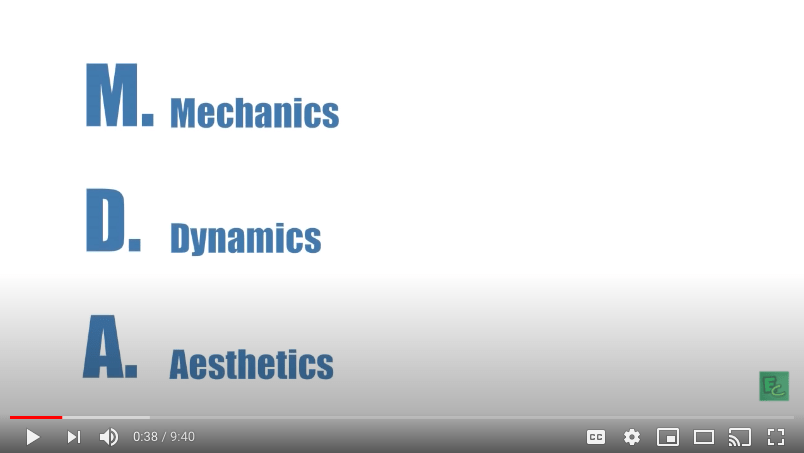

MDA Notes
- Mechanics I learned that this stage is where all the rules and data are. This is every action that happens in the game.
- Dynamics This is where certain things interact with player input and where the mechanics work together.
- Aesthetics This is the visual and audio wow factor. This is the player’s emotional responses to a game.
- Eight Type of Aesthetics
- Sensation (Game as sense-pleasure): Player enjoys memorable audio-visual effects.
- Fantasy (Game as make-believe): Imaginary world.
- Narrative (Game as drama): A story that drives the player to keep coming back
- Challenge (Game as obstacle course): Urge to master something. Boosts a game’s replayability.
- Fellowship (Game as social framework): A community where the player is an active part of it. Almost exclusive for multiplayer games.
- Discovery (Game as uncharted territory): Urge to explore game world.
- Expression (Game as self-discovery): Own creativity. For example, creating character resembling player’s own avatar.
- Submission (Game as pastime): Connection to the game, as a whole, despite of constraints.
LAB (THEORY PRACTICED)
Brainstorm Ideas for Each of the Eight Categories
- Sensation (Game as sense-pleasure): The player enjoys memorable audio-visual effects.
- Something that satisfies the player’s mind through visual things and great audio.
- Fantasy (Game as make-believe): Imaginary world.
- A world where things can go wild and many things to do.
- Narrative (Game as drama): A story that drives the player to keep coming back
- A compelling story that the players get to connect with the characters in the game.
- Challenge (Game as obstacle course): Urge to master something. Boosts a game’s replayability.
- A game where there is a big goal, but there are fun and challenging obstacles to overcome.
- Fellowship (Game as social framework): A community where the player is an active part of it. Almost exclusive for multiplayer games.
- A game that the players progressively gets better stats or gear against many others through missions. Or they can go coop against a boss or a mission.
- Discovery (Game as uncharted territory): Urge to explore the game world.
- A world where you start off in a place and the player must explore the world to find many things.
- Expression (Game as self-discovery): Own creativity. For example, creating a character resembling player’s own avatar.
- A game where the player gets to design their own characters and maybe even connect with other players.
- Submission (Game as pastime): Connection to the game, as a whole, despite of constraints.
- This is where players get on to an addictive game in their pastime. Like an infinite way to play the game (Like Crossy Road or Subway Surfers).
OUTSIDE (CREATIVITY, PRODUCTIVITY & THE BRAIN)
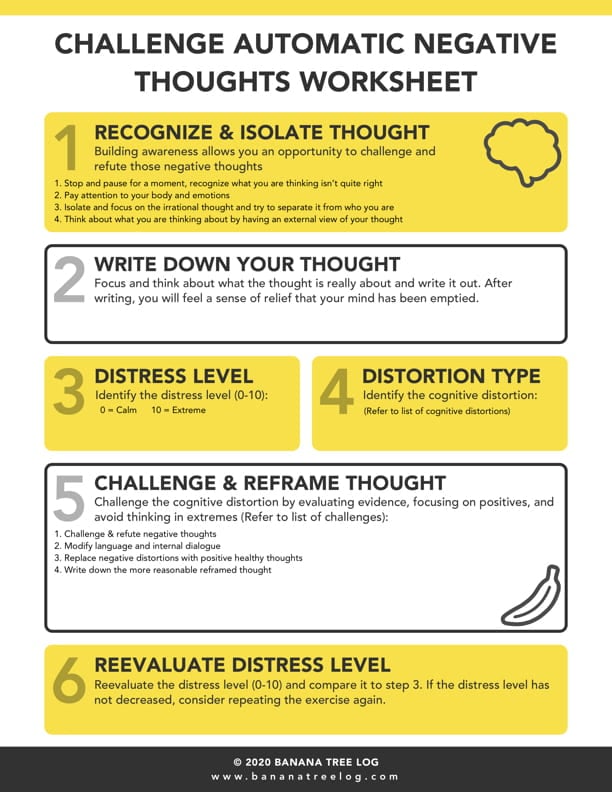

- I learned some ways to get rid of our negative thoughts by converting them into positive thoughts. I usually don’t have any negative thoughts. Whenever I do, I sometimes get my mind off of it by playing games. Games help me get rid of any stress and worries. Or I would just do what I have to do like just doing that math homework.
STUDIO (CREATIVITY)
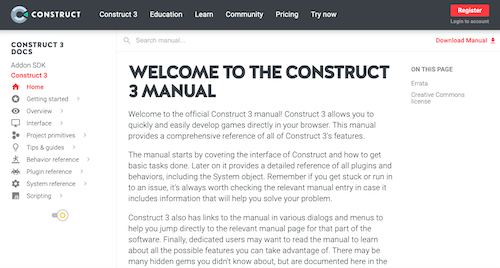
- Set a timer
- Spend 30 minutes in this ‘room’
- Read the Construct Manual Sections
- Home
- Getting started
- Overview
- Interface
- Project primitives
- Tips & guides
- Behavior reference
- Plugin reference
- System reference
- Scripting
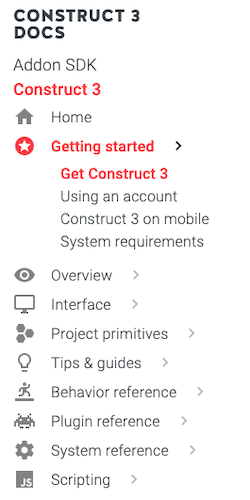
- Read the Construct Manual Sections
- I learned that Java and Javascript is a totally different thing. I also learned about the ways we can have the player move in the game.
CONTROL ROOM (PRODUCTION)
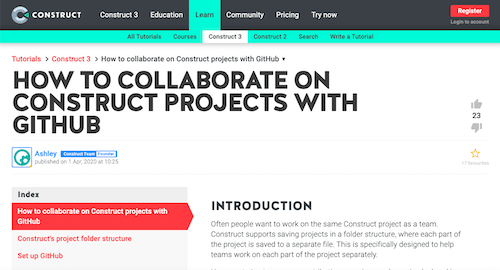
- I learned that Construct 3 has a way for a group to work effectively through folders for the clients while the leader has the master copy.
WHAT I LEARNED and PROBLEMS I SOLVED
- I learned about the folders in Construct 3. A problem I solved was when a game wouldn’t load correctly. So I had to uninstall then reinstall.
Game Design – Week 11 – Updating Workflow – Mind Like Water
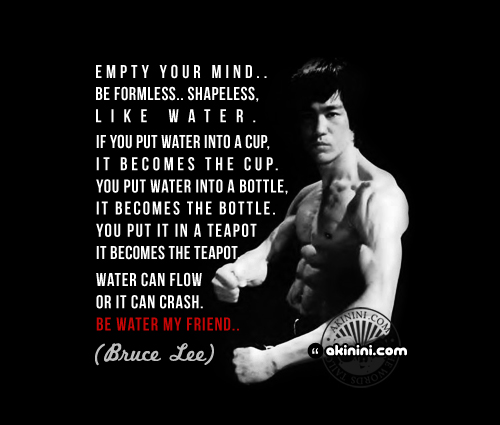
“‘Be shapeless and formless.. like water’ (Bruce Lee)” by Akinini.com is licensed under CC BY-NC-ND 2.0
“Have a mind like water.”
― David Allen, GTD
SUMMARY
- Write your weekly summary here, last, at the end of the week…
- Only one to two sentences of WHAT YOU DID
- DELETE ALL OF MR. LE DUC’s INSTRUCTIONS, AFTER YOU ARE DONE
PRACTICE ROOM (TUTORIALS)
I have completed basic concepts for Javescript.
CLASSROOM (THEORY & ANALYSIS)

- I learned that Construct 3 is beginner-friendly, easy to learn, and works with javascript. It uses a very powerful engine, and you can make a perfect game in this engine.
LAB (THEORY PRACTICED)
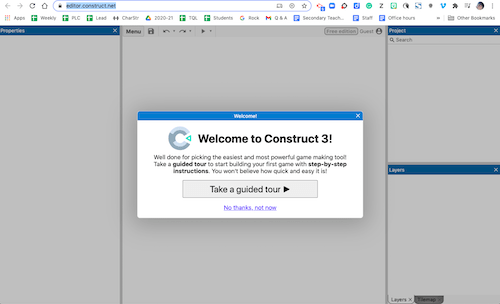
OUTSIDE (PRODUCTIVITY & THE BRAIN)


- I learned many things about all of the different chemicals that affect us. I am the type of person that usually gets things done right when it’s published. It might be because I exercise a lot and also socialize with some friends online. I also have pets around that makes me feel good because they show us so much affection.
STUDIO (CREATIVITY)

- I messed around with a lot of the controls. It is a total mess but I will learn how to actually make something happen soon. I was testing what does what and how things string together.
CONTROL ROOM (PRODUCTION)
WHAT I LEARNED and PROBLEMS I SOLVED
I learned how to place images in the back-rounds for games. A problem that I solved was fixing some settings on my keyboard so it is back to normal.
Game Design – Week 10 – GTD – Getting Things Done – Part 2
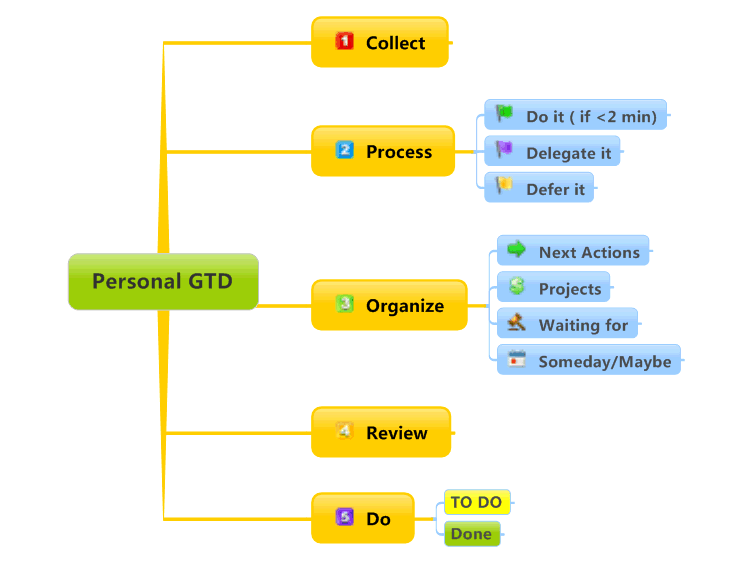
Teens are overwhelmed, partly because they don’t yet have the skills to manage the unprecedented amount of stuff that enters their brains each day. – from LifeHacker.com
“Your mind is for having ideas, not holding them.”
“You can do anything, but not everything.”
― David Allen, (GTD) Getting Things Done for Teens: Take Control of Your Life in a Distracting World
SUMMARY
I did a lot of homework and learned a lot more about the GTD.
PRACTICE ROOM (TUTORIALS)
Unity – C#
- Lesson 6
CLASSROOM (THEORY & ANALYSIS)

- I learned that writing things down can help you and your brain a lot. I recently learned that our brain is not suited to hold ideas which is why we have to write it down which clears our brains. Many people think teens already know what the GTd process is, but in reality, most of them don´t have a clue (like me). This is probably the reason why teens are mostly stressed out because they don´t have a system to get things done.
LAB (THEORY PRACTICED)


OUTSIDE (PRODUCTIVITY & THE BRAIN)

WHAT I LEARNED and PROBLEMS I SOLVED
I learned about the construction engine and how it works. A problem that i solved was a glitch in a game. I had to log out and log back in and go back to a previous heck point.
Week 9 – GTD – Getting Things Done – Part 1

“Day 092/366 – To Do List” by Great Beyond is licensed under CC BY-NC-SA 2.0
Your toughest work is defining what your work is! – Peter Drucker
SUMMARY
This week has been very busy, but I have completed my work and now ready to move on. I have also learned how procrastination works and how we get over it.
PRACTICE ROOM (TUTORIALS)
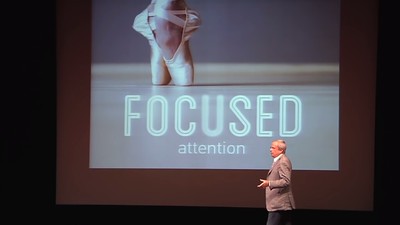
In this ‘room’ you are going to try Getting Things Done (GTD).
STEP 1: MAKE A LIST
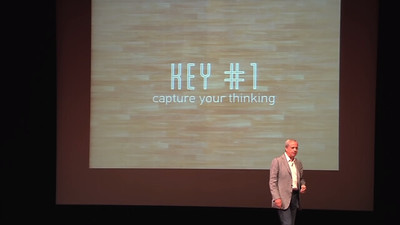
- Edublogs
- Gym workouts
STEP 2: NOTICE WHAT YOU NOTICED
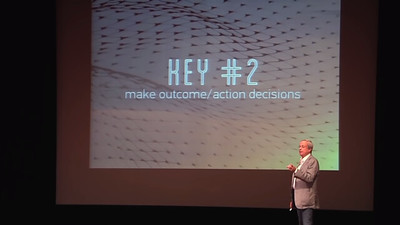
- Edublogs
- Gym workout
STEP 3: SET A TIMER

OUTSIDE (PRODUCTIVITY & THE BRAIN)

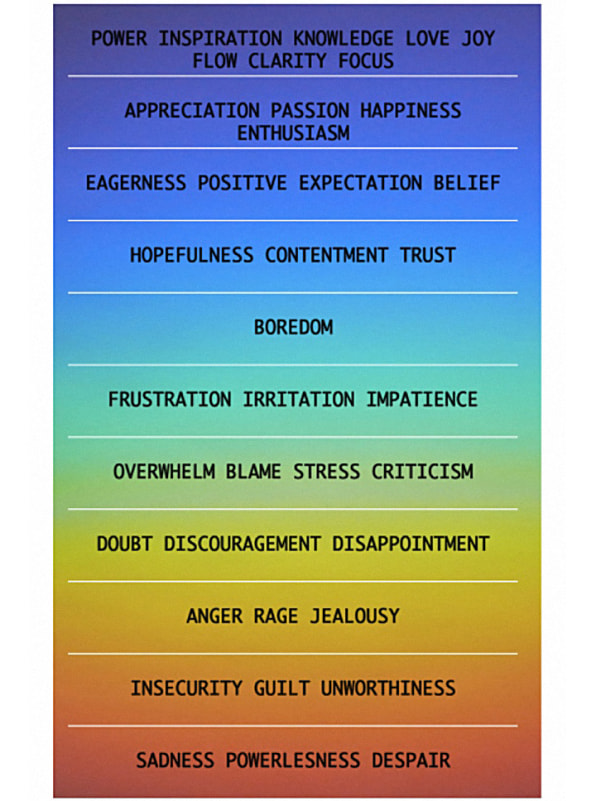
- The GTD process can help you get one thing done at a time while keeping you focused and doing the actual work. It can also help prioritize what work you should be doing first and how to measure how long the workload is.

- I thought about how much work I will have today. I also thought about when and how I should finish them.
OPTIONAL EXERCISE – Literally, read the article and go for another walk 🙂

“I coach C-suite executives and rising stars from the earliest startups to Fortune 100 companies. My passion is to help ambitious leaders achieve their full human potential.” – Read more about Katia…
WHAT I LEARNED and PROBLEMS I SOLVED
- I learned about how the GTD works. I also learned how to prioritize work. A problem I solved was fixing an internet issue at home.
Game Design – Week 8 – Logic, Flowcharts, and Coding

“Binary code” by Christiaan Colen is licensed under CC BY-SA 2.0
When asked the most important thing I should teach my students, the MIT student I was interviewing simply stated , ‘ teach them logic.’ – Mr. Le Duc
SUMMARY
- My week went very well. I have learned a lot about the very basics of coding and can’t wait to learn more.
PRACTICE ROOM (TUTORIALS)
PlayCanvas

- https://www.sololearn.com/Course/JavaScript/
- Write the latest lesson you have completed today
Unity

- 3rd lesson
CLASSROOM (THEORY & ANALYSIS)
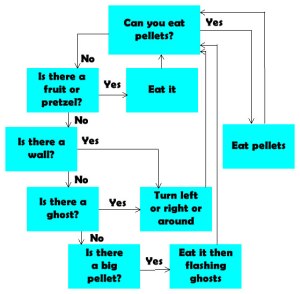
- oval is start
- square is process
- diamond is choice
- rectangle with wavy lines on the bottom is a report
- the diamond causes branching in flowcharts.
- flowcharts usually is top to bottom or left ot right.
LAB (THEORY PRACTICED)
- I learned that each shape in the flow charts means something. I never learned any coding at all, but it is very interesting. I also learned that games are based off of flowcharts and not just data and code.
OUTSIDE (CREATIVITY & THE BRAIN)

- I learned that some people believe that creativity and death is somehow linked. It is like an idea that if you do something you like to do, it takes a bit of your own life.
STUDIO (GAME DESIGN)
Unity

WHAT I LEARNED and PROBLEMS I SOLVED
- Tell your daily story here! Highlight what you learned and enjoyed most and at least one problem you solved. Problem-solving is one of the most important skills you need in life. Employers want to know HOW you get stuff done as much as WHAT you got done.
- DELETE ALL OF MR. LE DUC’s INSTRUCTIONS, AFTER YOU ARE DONE
- While I was working in my martial arts dojang, I was tasked to help students learn a part of a new form. They were having a little trouble with where they put their hands. I had them focus on one hand at a time then slowly get faster with it. They were able to do the motion correctly after that.
WEEKLY ACTIVITY EVALUATION
Finished the survey.